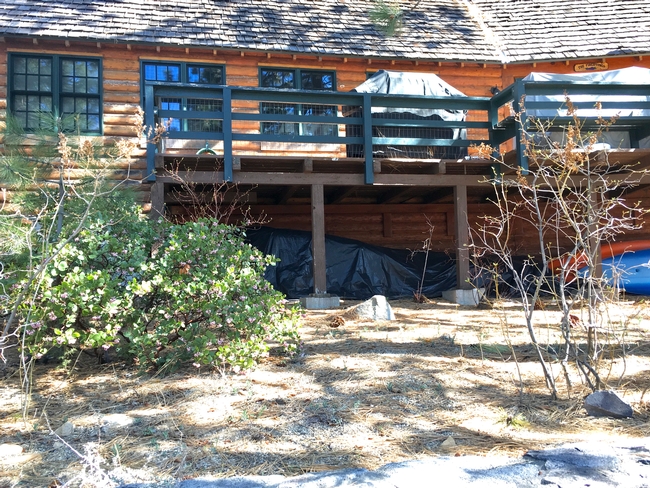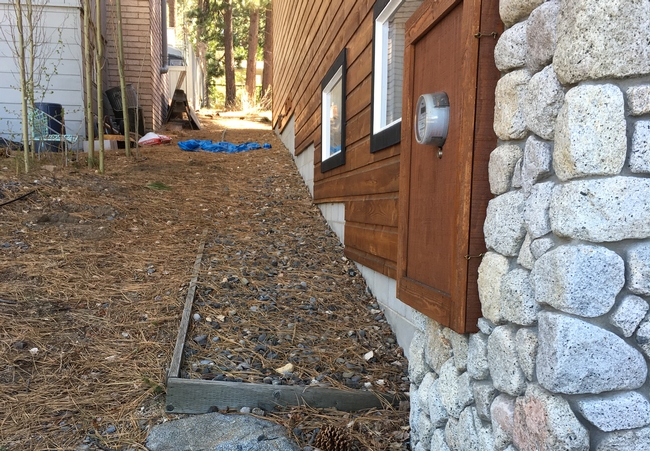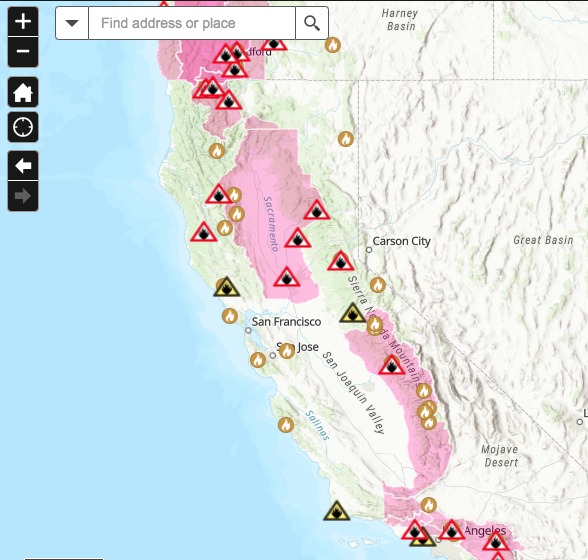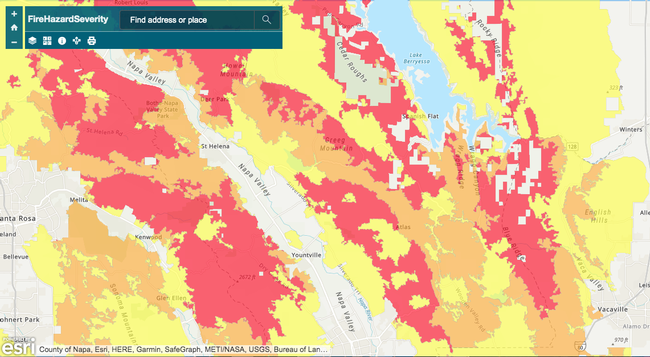Firefighting resources are stretched thin because of the amount of wildfire burning throughout California, which means first responders may not be immediately available to protect your home. If you are near, but not in a wildfire evacuation area yet, you can help improve the odds your home will survive.
“There are pre-evacuation steps that can really help your home survive wildfire,” said Yana Valachovic, a fire scientist with the University of California Cooperative Extension.
First make sure you are registered for the proper alerts in your area and follow all evacuation guidance. Pack and be ready to leave at a moment's notice. If at any time you feel unsafe or conditions change quickly, don't wait for an alert to evacuate: Move yourself, your family and pets or livestock to safety.
Even with fire imminent, there are several actions you can do to help prepare your home to withstand fire exposure. UC Cooperative Extension guidance can help residents prepare their home in the days or hours before wildfire exposure.
If you believe you have at least a couple of hours before fire exposure, review the area around your home and outbuildings for items that could lead fire to the structures:
- Move combustible items inside or away from the buildings, especially within the first 5 feet of any structure or attached deck
- Clean your gutters and other places of needle or leaf accumulations on or near the house
- Move BBQ propane tanks away from structures
- Bring in cushions from outside furniture
- Move doormats away from the house
- Seal vents (attic, foundation, drier, etc.) with plywood or heavy foil to prevent embers from entering
- Close all windows and pet doors
“The goal is to remove combustible items away from structures so that embers don't ignite these materials and result in flames touching the house,” Valachovic, UCCE forestry advisor, said. Sealing up vents can help prevent embers, or small bits of burning vegetation, from being blown inside the home.”
If first responders get to your home, Valachovic says you can help them out by leaving a ladder against the house, placing buckets or garbage cans of water around the home, and leaving connected garden hoses in easy-to-locate places. Also, leave out a shovel or other tool that could be helpful to put out small spot fires.
“After you have packed your essentials and your go bag, dress for the evacuation by wearing cotton or wool clothing, a hat, boots, bandanna or mask to protect your nose and mouth, and pack leather gloves,” she said. “These items will help you be prepared if you have to get out of your vehicle or move fallen trees during your escape to safety. Additionally, it may be helpful to pack a shovel, digging bar, chainsaw, or other tools just in case your evacuation route gets blocked.”
As you evacuate, leave gates open or unlocked so first responders can access your property.
If time allows, turn on the lights in your house to increase visibility and leave a note on the door indicating where you went and who is with you. These instructions can help you reunite with your loved ones.
Thinking through these steps and implementing them if fire is near, can help your home and your family survive wildfire. For more evacuation guidance, visit https://ucanr.edu/sites/fire/Safety/Evacuation.
If you have more time to prepare for wildfires, UC Cooperative Extension provides more information at https://ucanr.edu/sites/fire/Prepare, including a fire map and tips for home hardening and defensible space strategies.
When conditions improve, remember to prioritize and implement home hardening and defensible space actions to help prepare for future wildfire exposures.
“Ember-resistant construction relies on awareness of seemingly small details that can make your home vulnerable to embers, in addition to building with appropriate materials, and regular home and property maintenance,”Valachovic said.



